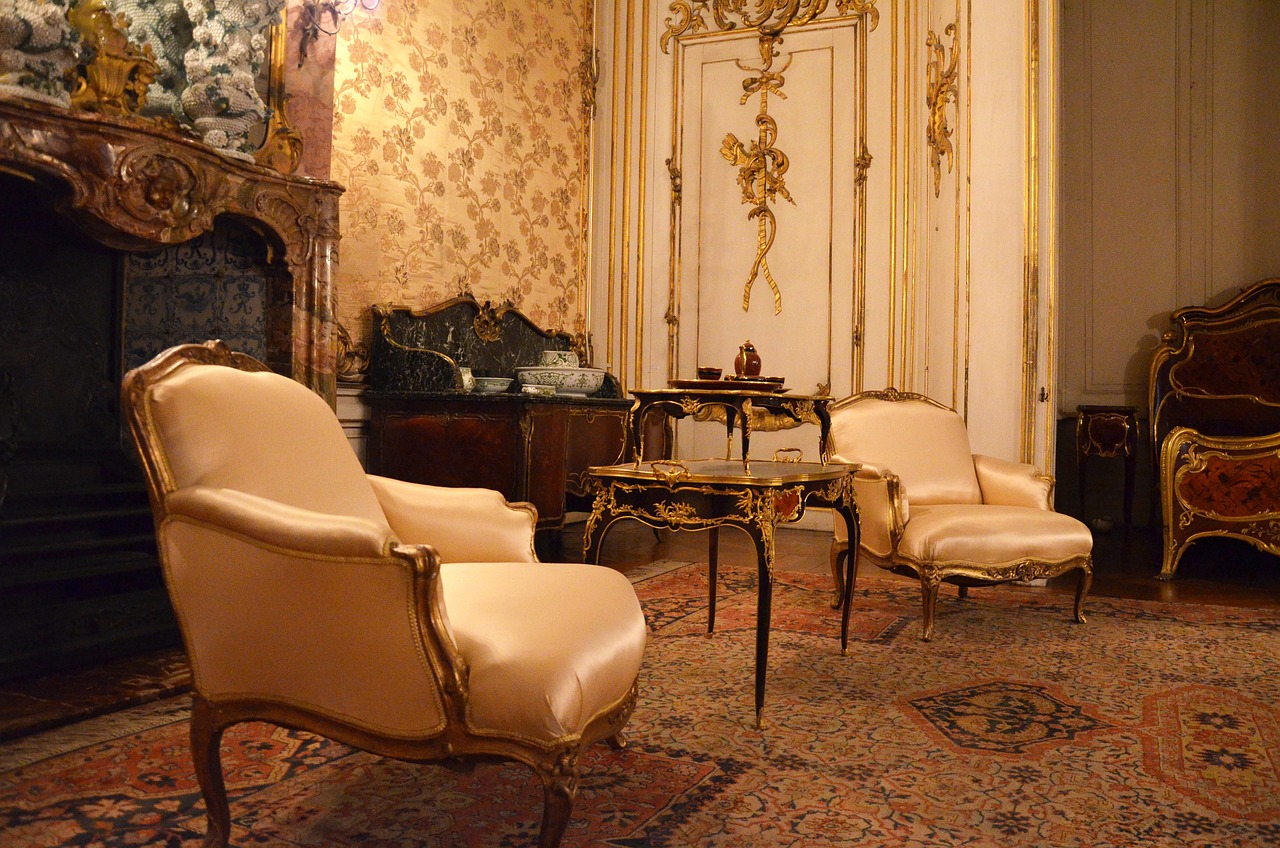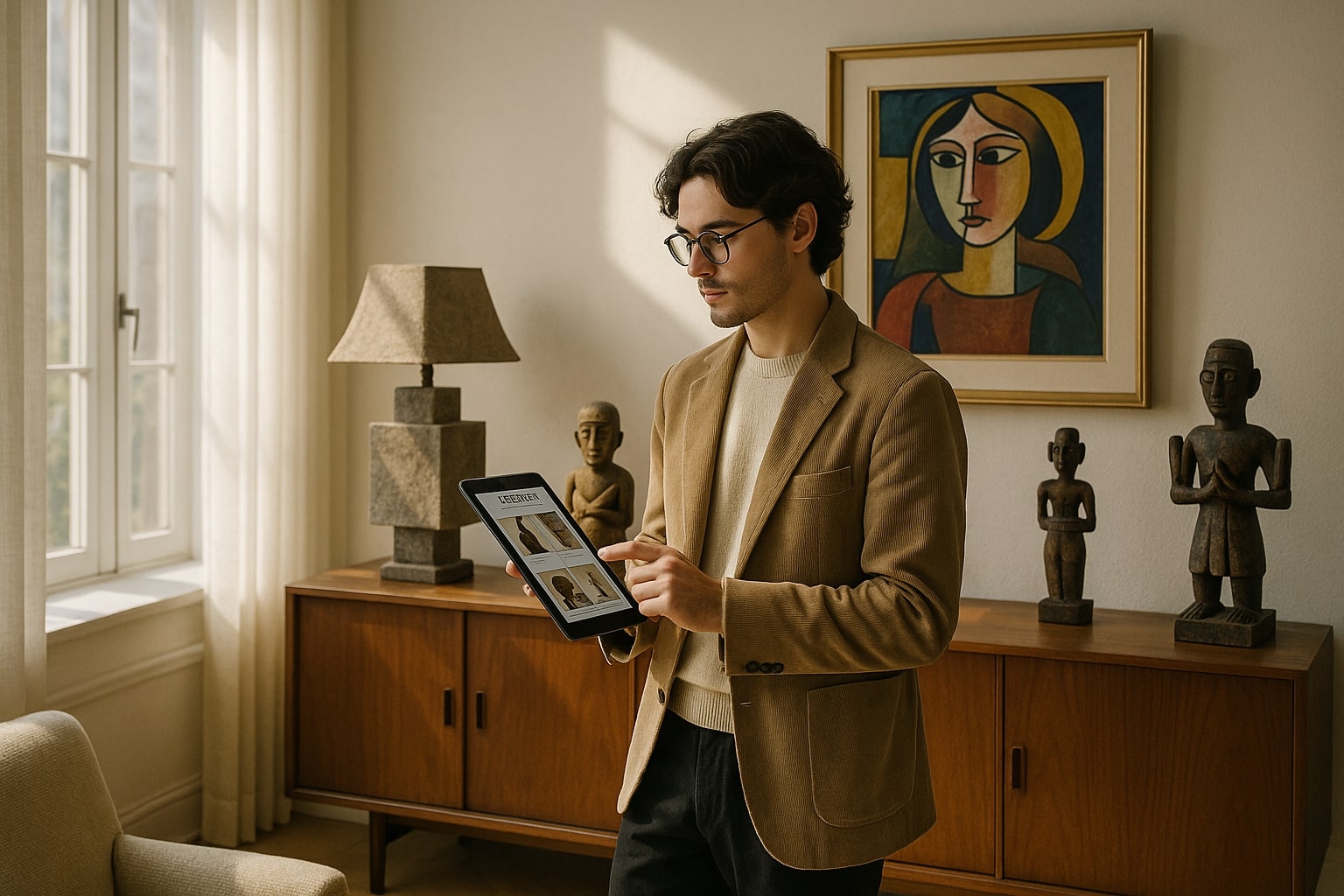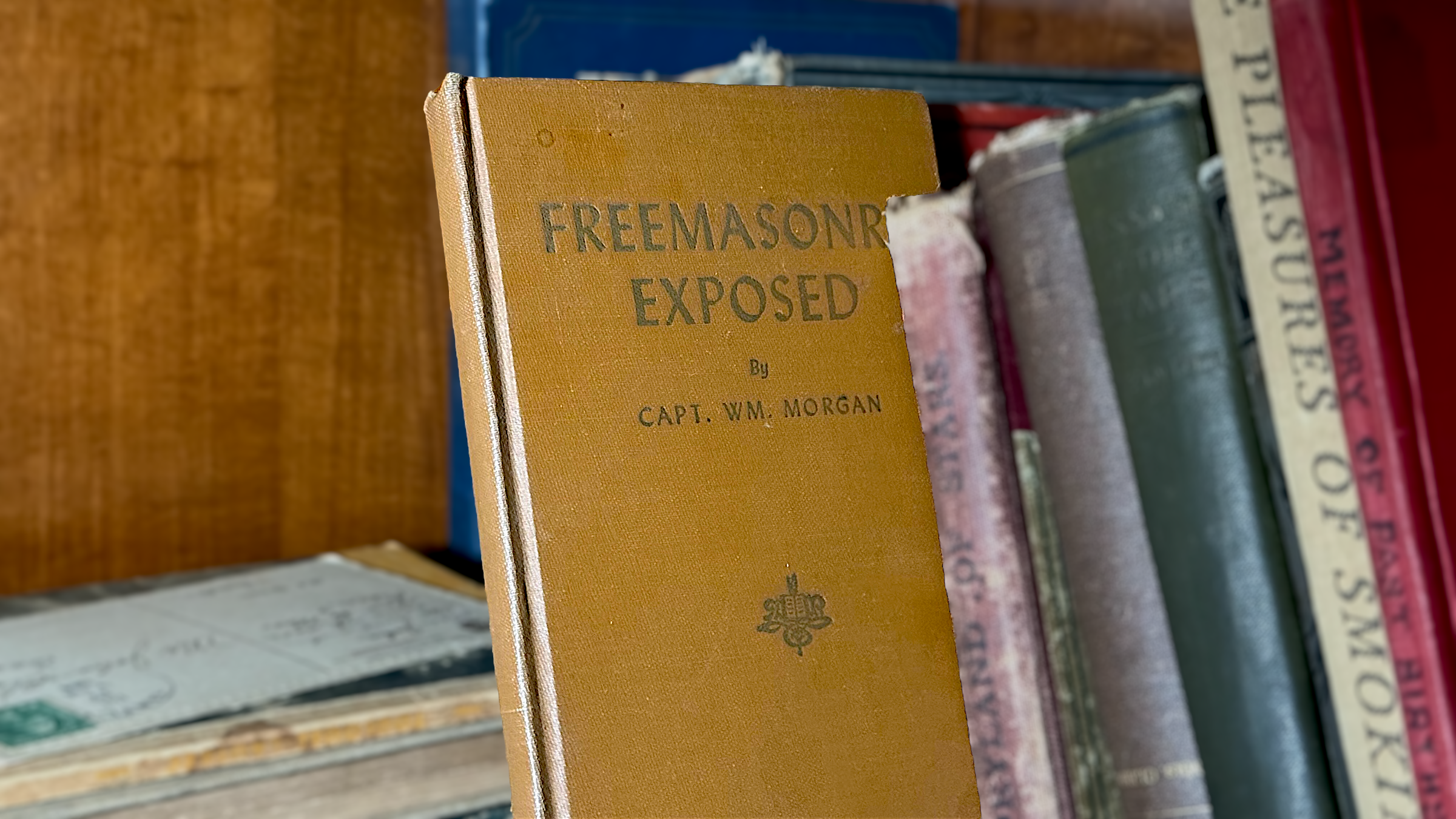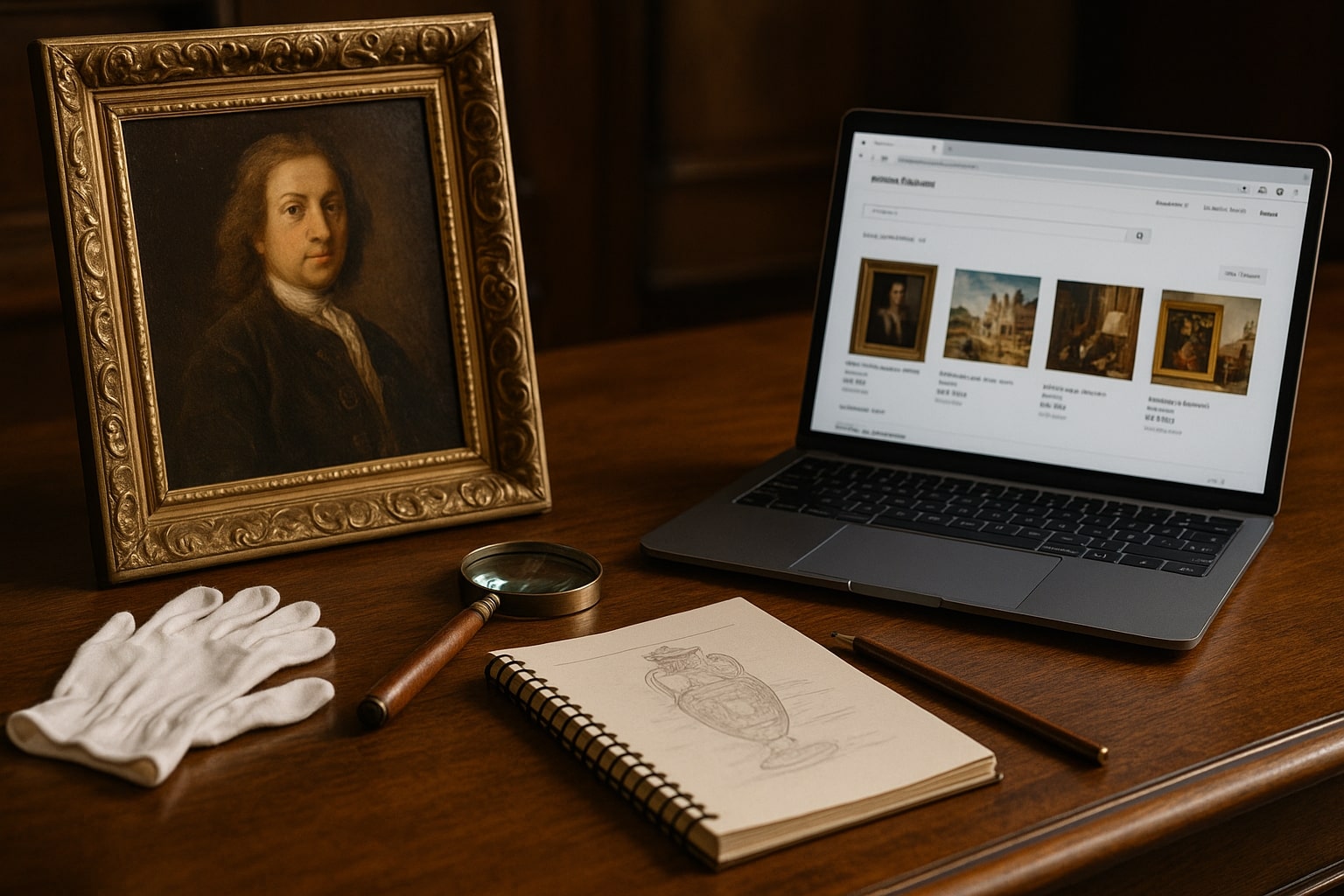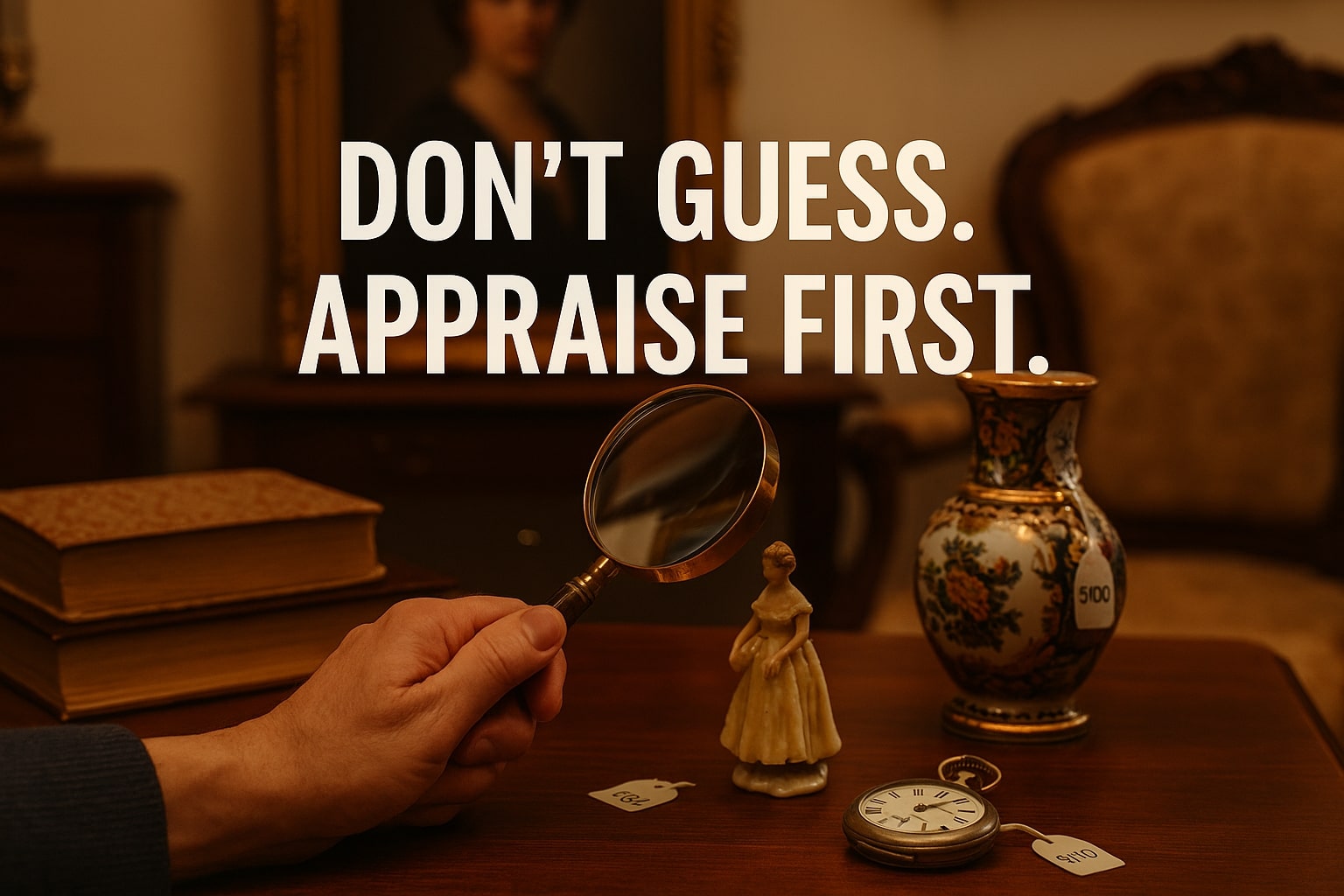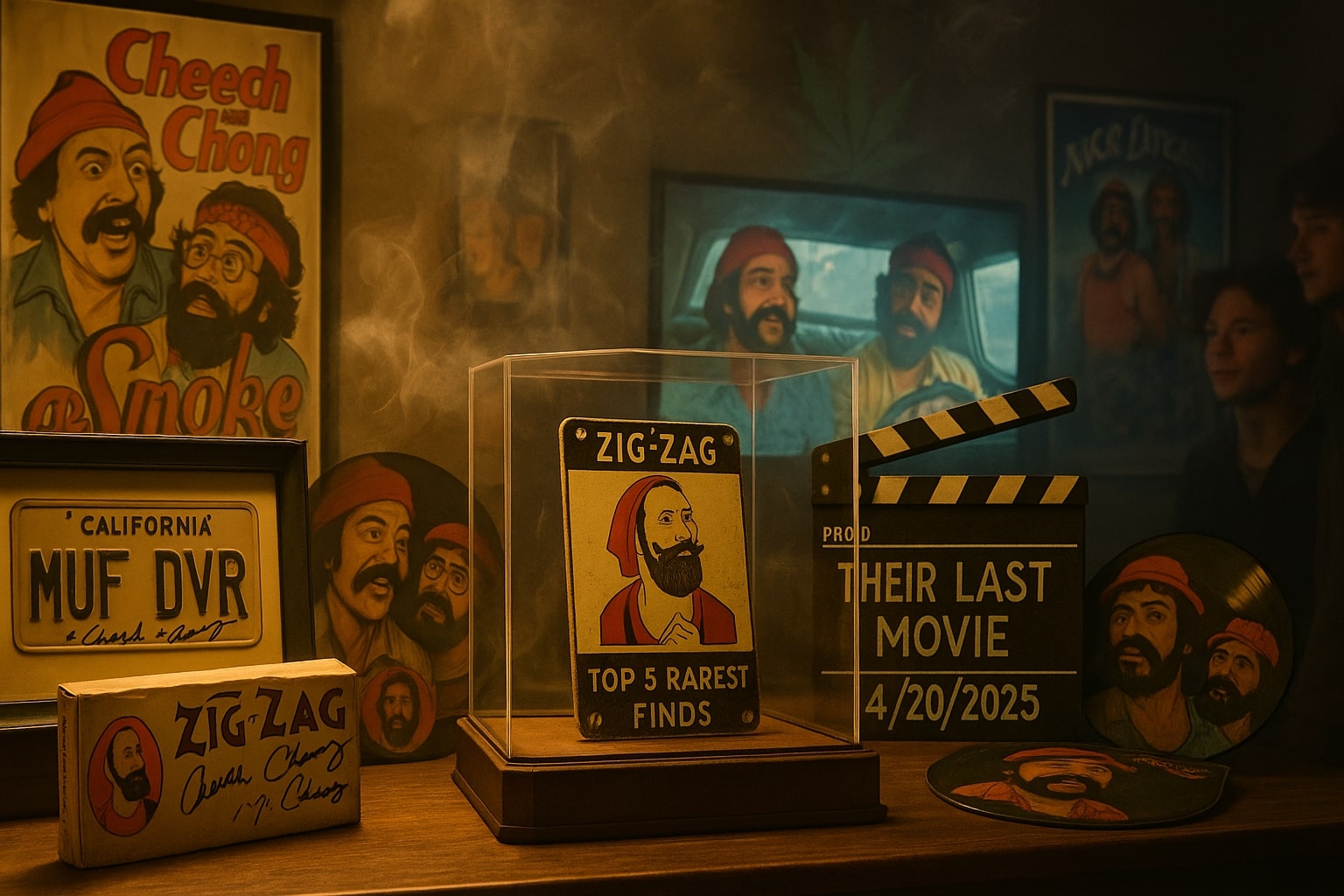Investing in Antique Furniture: A Blend of Aesthetics and Financial Savvy
Antique furniture is more than just a decorative element—it’s a smart financial investment. For collectors and enthusiasts, the allure lies not only in the timeless beauty of these pieces but also in their potential for long-term value appreciation. As antique furniture becomes increasingly popular among savvy investors, Goodson Gallery takes pride in offering insights into this fascinating blend of art and economics.
Why Antique Furniture Makes a Smart Investment
Antique furniture provides a rare combination of aesthetic appeal and financial value. Unlike modern, mass-produced pieces, antiques are often handcrafted from premium materials and designed with remarkable attention to detail. This craftsmanship ensures their durability and, in many cases, their ability to appreciate in value over time.
The financial appeal of antiques lies in their scarcity and uniqueness. A Georgian-era dining table or a Victorian chaise lounge isn’t something you’ll find in every home. These pieces tell a story, offering historical context and cultural significance that make them sought after by collectors and interior designers alike.
The Role of Social Media in Furniture Investments
Social media platforms like Instagram have transformed the antiques market, opening it up to a new generation of buyers. Dealers, galleries, and collectors are using these platforms to showcase unique pieces, often reaching a global audience. This increased visibility has fueled demand for antique furniture, especially among millennials and Gen Z buyers.
These younger generations are not only embracing antique furniture for its aesthetic value but also as a form of sustainable shopping. Vintage and antique pieces provide an eco-friendly alternative to modern furniture, aligning with the growing trend toward sustainability.
Trends Shaping the Antique Furniture Market
The antique furniture market is dynamic, with trends driven by cultural shifts and consumer preferences. Recent years have seen a surge in demand for specific styles, such as mid-century modern, Art Deco, and Japanese antiques. These pieces appeal to collectors looking for unique designs that blend seamlessly with contemporary interiors.
Another trend influencing the market is the rise of “functional antiques.” Buyers are increasingly drawn to items that combine beauty with practicality, such as antique desks, sideboards, and armoires that can be repurposed for modern use.
Additionally, the desire for well-preserved, high-quality items has led to an increased focus on restoration. However, experts at Goodson Gallery emphasize the importance of sympathetic restoration—work that preserves the original craftsmanship and doesn’t compromise the piece’s authenticity.
(Asheford Institute of Antiques)
How to Invest in Antique Furniture Wisely
Investing in antique furniture requires a blend of passion and strategic thinking. Here are some tips to get started:
1. Research Thoroughly
Before making a purchase, learn about the history, craftsmanship, and provenance of the piece. Understanding its background can provide valuable insights into its potential value.
2. Assess Condition
The condition of the furniture significantly affects its value. Look for well-preserved items and avoid pieces with extensive damage or poor restoration work.
3. Consult Experts
Seek advice from reputable galleries, like Goodson Gallery, or professional appraisers. Their expertise can help you authenticate items and gauge market value.
4. Monitor Market Trends
Stay updated on trends in antique furniture to identify pieces that may increase in value over time.
5. Focus on Quality
Prioritize high-quality items with unique designs and rare materials. These are more likely to appreciate in value and stand the test of time.
The Sustainability Appeal of Antiques
Antique furniture also resonates with today’s environmentally conscious consumers. By purchasing antiques, buyers reduce the demand for new production, cutting down on resource consumption and waste. Each piece of antique furniture represents a step toward sustainability, as well as a connection to history and craftsmanship.
This eco-friendly aspect is particularly appealing to younger generations, who are increasingly looking for ways to make sustainable choices in their home décor. Platforms like Instagram have played a significant role in promoting this trend, showcasing how vintage and antique items can be integrated into modern spaces.
Why Goodson Gallery Is Your Trusted Partner in Antique Furniture
Goodson Gallery stands at the intersection of art and investment, offering a curated selection of antique furniture that combines timeless aesthetics with financial value. Our experts are passionate about helping collectors and investors navigate the market, ensuring that every piece purchased is a worthwhile addition to their portfolio.
From Georgian dining sets to Art Deco cabinets, our collection reflects the best in design, craftsmanship, and historical significance. Whether you’re a seasoned collector or new to the world of antiques, Goodson Gallery provides the insights and guidance you need to make informed decisions.
The Future of Antique Furniture Investments
As the antique furniture market continues to evolve, its future looks promising. Increased global demand, driven by social media exposure and sustainability trends, is likely to keep prices stable—or even rising—for high-quality pieces.
At the same time, new buyers are entering the market, drawn by the unique blend of aesthetics and investment potential that antiques offer. This growing interest ensures that antique furniture will remain a valuable asset for years to come.
By investing in antique furniture, you’re not just acquiring a beautiful piece for your home—you’re preserving history and participating in a market that values craftsmanship, sustainability, and financial savvy.

